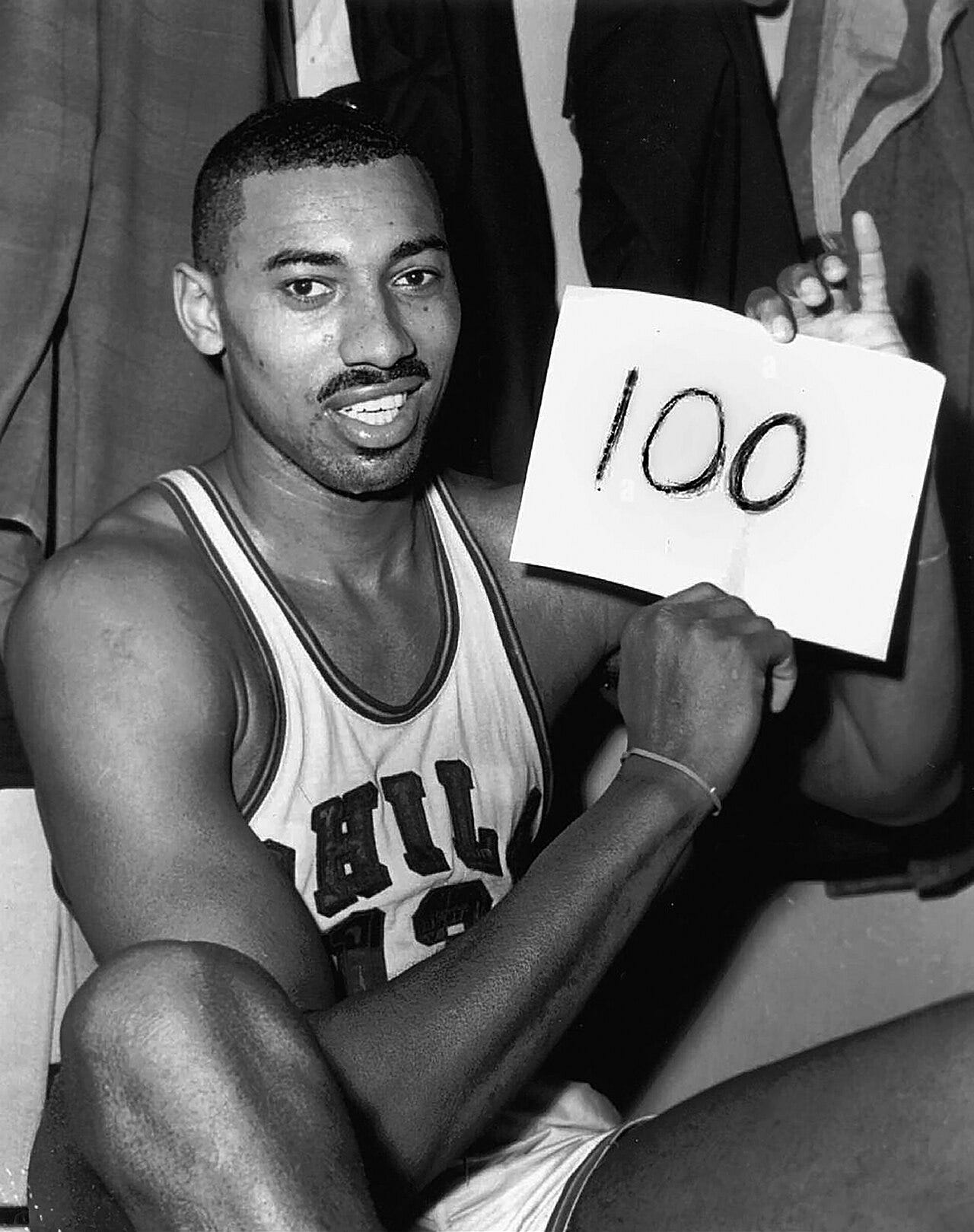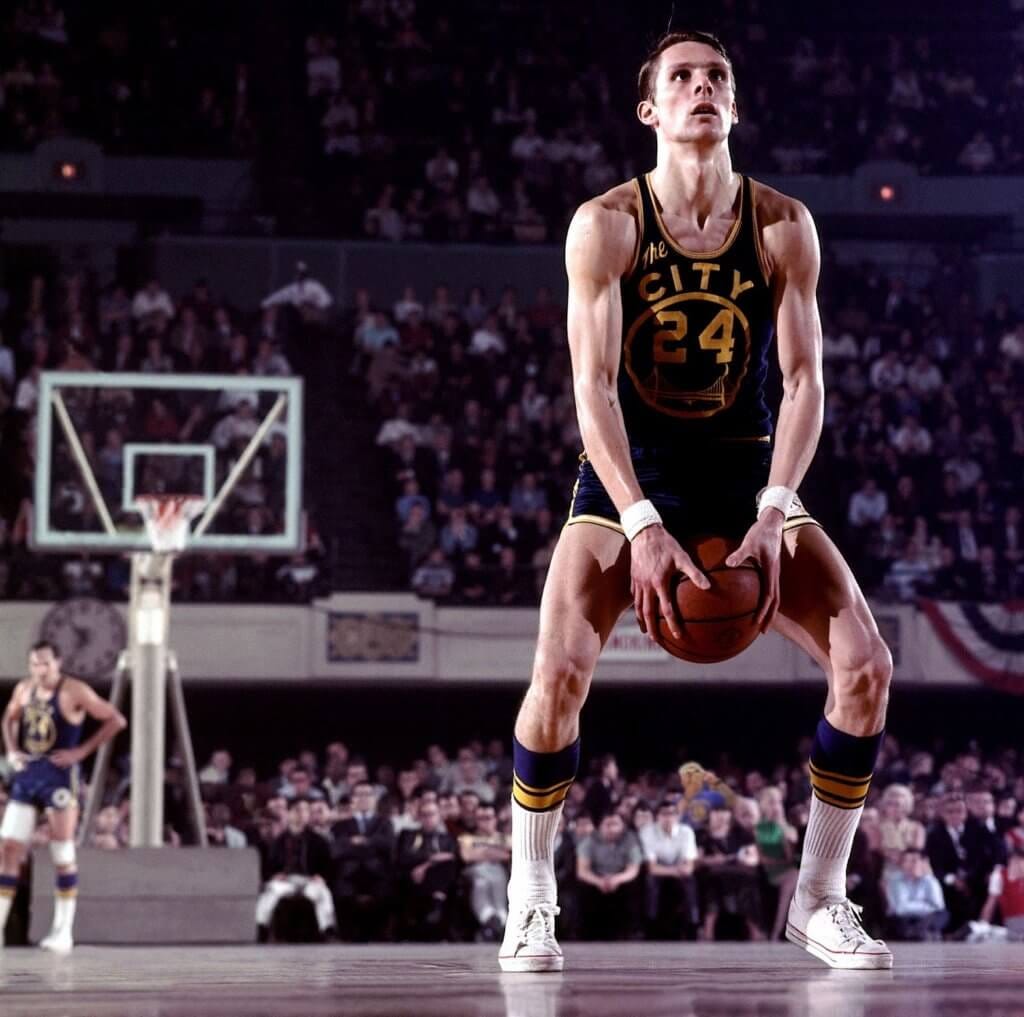Why We Ignore What Works: The Psychology of Conformity in Basketball (and Life)
When the fear of looking foolish outweighs the desire to succeed, thanks to psychology.
I’ve been watching Running Point on Netflix. It’s a show about the daughter of an LA pro basketball team owner who suddenly finds herself in charge. It’s packed with quirky, low-stakes drama—the kind that somehow keeps you hitting “Next Episode.”
In Episode 6, The Yips, one of the players is struggling at the free-throw line. Desperate for a fix, the team calls in the coach of the Indian Women’s National Team, who introduces him to the most unorthodox (but effective) shooting technique of all time: the underhand “granny shot.”
In practice, it works like a charm. He’s draining every free throw. But come game time? He ditches it, goes back to his old shot, and, you guessed it, bricks it.
This storyline isn’t just TV drama. It’s psychology. And ditching the granny shot isn’t just for TV comedies. It’s based on a true story.
Why Do We Ignore What Works?
Humans crave social belonging more than logical decision-making. Even when faced with a clearly superior method, we often reject it if it makes us stand out too much. And that’s exactly what happened in real life with NBA legends Wilt Chamberlain and Rick Barry.
Rick Barry, a Hall of Famer, was one of the best free-throw shooters of all time. His signature was the granny shot. He sunk free throws at a crazy 89.3% because he wasn’t afraid to look a little goofy while draining shots from the line.
Then there was Wilt Chamberlain. On March 2, 1962, he dropped an unthinkable 100 points in a single game, partly because he shot his free throws underhand. In fact, he drained 28 of 32 from the line that game, an absolutely wild stat. And that season, he posted the best free-throw percentage of his entire career.

Then? He stopped.
Even though it worked, Chamberlain abandoned the granny shot because, as he admitted in his autobiography, he felt “like a sissy.” His free-throw percentage plummeted, and he never shot that well from the line again.
This wasn’t about ability. It was about psychology.
For years Rick Barry has offered to teach pro and college players the underhand shot and for years he’s been rejected by almost everyone. All because it makes you look silly. SMH.

The Spotlight Effect: We Think Everyone’s Watching
One of the biggest reasons players refuse to embrace the granny shot—or any unconventional tactic—is The Spotlight Effect. This cognitive bias makes people believe they’re being watched and judged far more than they actually are.
Think about the last time you spilled something on your shirt or pants. You probably felt like a walking disaster, convinced everyone around you was silently judging your clumsiness and sloppy outfit. But in reality? Most people were too caught up in their own Spotlight Effect, worrying about their own perceived embarrassments, to even notice.
For Chamberlain and countless other players, the fear wasn’t missing shots. It was looking uncool while making them. The irony was that most fans just care about points on the board, not the shooting form that gets them there. But to the player, that fear of embarrassment feels massive.
Groupthink: When Everyone Buys Into the Same Bad Idea
It’s not just individual players resisting change, it’s the entire culture of basketball. Enter Groupthink.
Coined by social psychologist Irving Janis, Groupthink occurs when a group prioritizes harmony over rational decision-making. In the NBA, this manifests as players, coaches, and analysts sticking to “normal” shooting mechanics even when the numbers show otherwise.
Take Shaquille O’Neal—one of the most dominant forces in NBA history. His free throws though…not even close to charity at the charity stripe. Opposing teams even designed an entire strategy around it they called Hack-a-Shaq. Since he was so unreliable at the line, defenders intentionally fouled him, forcing him to shoot free throws rather than allowing easy buckets in the paint.
Despite this glaring weakness, he refused to switch to the underhand shot.
Rick Barry, the underhand free-throw king himself, once offered to teach Shaq the technique. Shaq’s response? “I’d rather shoot 0% than shoot underhand.”
Yes, you read that right. He would rather miss every single free throw than risk looking silly at the line. That’s choosing conformity over effectiveness, even when the stakes were sky-high.
Solomon Asch and the Pressure to Conform
This reluctance to stand out isn’t just a sports phenomenon, it’s human nature. In the 1950s, psychologist Solomon Asch conducted a now-famous experiment on conformity.
Participants were asked to match the length of a line to one of three options—a pretty easy task. But here’s the twist: They were surrounded by confederates (actors who were in on the experiment) who intentionally gave the wrong answer. The result? A whopping 75% of participants conformed at least once, choosing an obviously incorrect answer just because everyone else did.

Chamberlain’s free-throw dilemma is a textbook example of normative conformity. He knew the underhand shot was better. He had proof it worked. But the desire to fit in or to avoid looking different overpowered logic.
The Lesson? Conformity Costs Us
The fear of standing out often overrides our best judgment. Whether it’s a struggling NBA player on Running Point, a real-life Hall of Famer leaving points on the table, or a participant in Asch’s experiment denying what’s right in front of them, the lesson is the same:
Sometimes, the best way to win is to ignore the crowd and do what works—even if it looks ridiculous.
The next time you hesitate to try something unconventional because you’re worried about how it looks, remember this: The people you think are judging you are probably too busy worrying about their own spotlight effect to care.
And if you ever find yourself at the free-throw line, go ahead and give the granny shot a try. I mean, I won’t (because, let’s be honest, I have an image to maintain), but you absolutely should.



